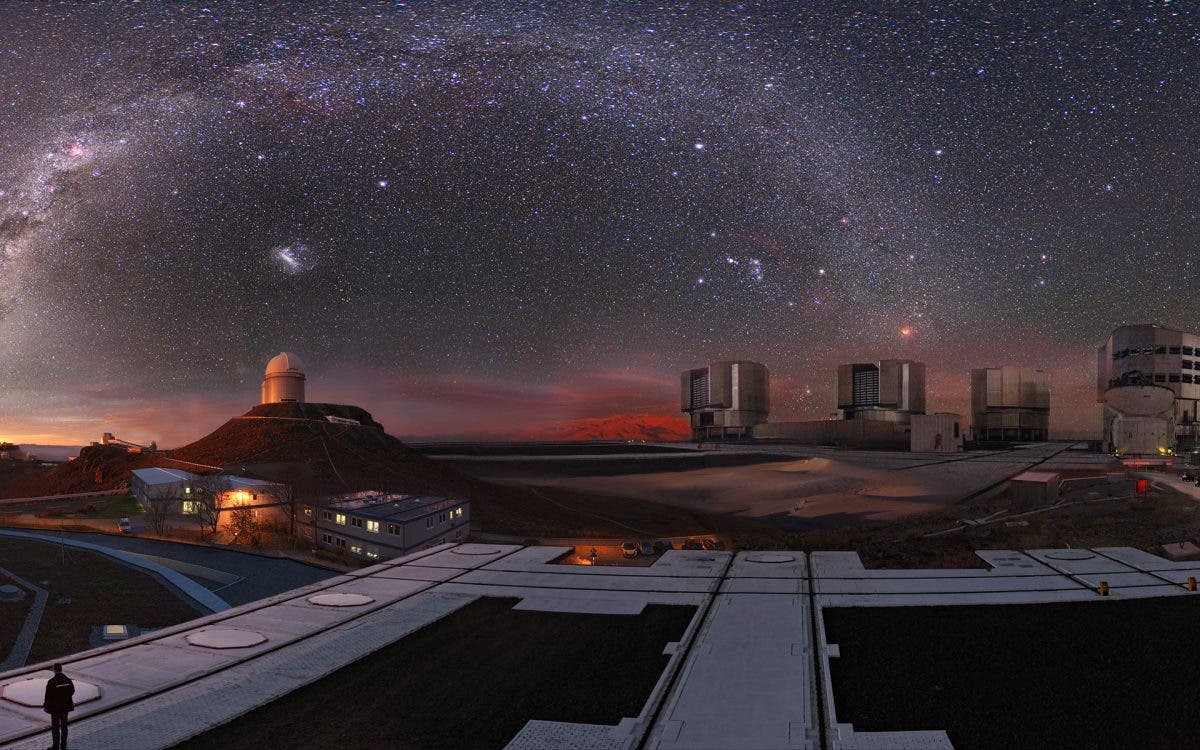First Contact, an Alien Encounter to Do Quantum Universes Really Exist? (The Galaxy Report) – The Daily Galaxy –Great Discoveries Channel
Posted on Jan 4, 2023 in Astronomy, Astrophysics, Cosmology, Extraterrestrial Life, James Webb Space Telescope, Multiverse, quantum physics, Science, Science News, Space News, Technology, Universe


Today’s stories include JWST Eyes on Titan to Alien water worlds with oceans 500 times deeper than Earth’s to NASA boss sounds alarm on China’s moon ambitions, and much more.
Do quantum universes really exist? asks Paul Sutter for Live Science.–In some interpretations of quantum mechanics, such as the Many-Worlds interpretation or the Pilot Wave Theory, parallel universes may form every time a subatomic particle goes through any interaction.
Two alien water worlds with oceans 500 times deeper than Earth’s, reports Earth & Sky. “Astronomers said in December 2022 that they’ve identified the first true water worlds, unlike any in our solar system. These exoplanets are both slightly larger than Earth. Yet their density lies between that of a rocky world like ours, and our solar system’s gas-giant outer planets.”
What is negative energy? And can it give us wormholes and warp drives?–Quantum mechanics has taught us that even empty space contains energy. “Negative energy” is the state of having less energy than empty space, reports Big Think.
The Universe Is More in Our Hands Than Ever Before–Astronomy is in a new era. It involves giant lasers, reports Adam Frank for The Atlantic.
New eyes on Titan, reports Nature. “But the JWST images show that we won’t have to wait until 2034 to get new beautiful and scientifically important images of Titan. The moon was observed on 4 November 2022 by the near-infrared camera NIRCam (programme GTO 1251, PI Conor Nixon).”
‘First Contact: An Alien Encounter’ Review: The Age-Old Cosmic Question–Nic Stacey’s entertaining documentary on PBS imagines what might happen if humanity received a definite signal of intelligent life beyond Earth, reports The Wall Street Journal.
‘We better watch out’: NASA boss sounds alarm on Chinese moon ambitions–In an interview with POLITICO, Bill Nelson expressed confidence the U.S. can win the moon race. But he warned there is little time to lose, reports Politico.com.
How the James Webb Space Telescope changed astronomy in its first year–After decades of planning and billions of dollars spent, here’s how the new space observatory is already transforming the way we study the cosmos, reports The Verge.
Newfound kind of supernova can tear apart a planet’s atmosphere, reports Paul Sutter for Space.com. “Such events may have happened in the past. Analysis of lunar regolith and deep-sea cores reveal substantial amounts of iron-60, a radioactive isotope of iron produced only in supernovas. The presence of iron-60 suggests that Earth was hit by supernova ejecta as recently as a few million years ago.”
Astronomers Catch a Black Hole Destroying a Nearby Star – Launching Powerful Relativistic Beams of Matter, reports SciTechDaily. “Astronomers call this a tidal disruption event (TDE). What makes this TDE a very rare TDE is that as the black hole rips apart the star, two jets of material moving with almost the speed of light are launched in opposite directions producing light in all wavelengths. Such jetted-TDEs are extremely rare and AT2022cmc, depicted here is the first one discovered with an optical telescope.
A New Puzzle Turns Earth Into a Rubik’s Cube, but More Complex–Continental Drift is one of Henry Segerman’s latest efforts to make mathematics “real,” reports The New York Times.
Space and Astronomy: What to Expect in 2023, reports for Michael Roston The New York Times. “Solar eclipses, new rockets and new space telescopes are some of the ways that the year ahead will try to follow an exciting 2022 in orbit and beyond.
Curated by The Daily Galaxy Editorial Staff

The Galaxy Report newsletter brings you twice-weekly news of space and science that has the capacity to provide clues to the mystery of our existence and add a much needed cosmic perspective in our current Anthropocene Epoch.






